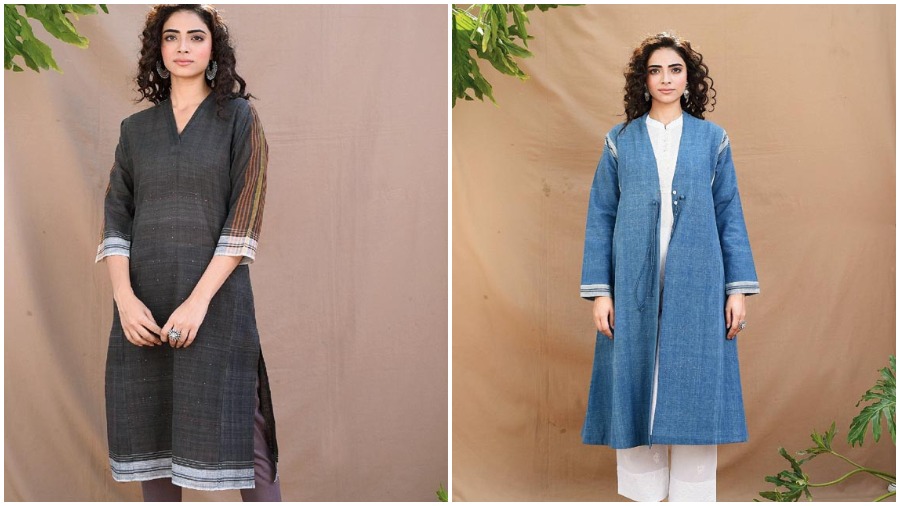Jaypore, the fashion e-commerce platform, has been working to showcase the craft legacy of India and with their latest collection, they have set out on the sojourn to uphold the legacy of Tangaliya. In a candid chat, Rashmi Shukla (below), business head, Jaypore, Aditya Birla Fashion and Retail Limited, tells us more. Excerpts:

What made Jaypore choose Tangaliya for this collection?
Jaypore strives to preserve, promote and sustain exclusive Indian handicrafts that are nurtured through traditions and heritage and have been handed down through generations for hundreds of years. Further, with an intent to take India’s craft legacy forward, we have undertaken the initiative to revive and restore India’s dying arts and crafts, while simultaneously empowering rural artisans and craftsmen, by providing them a platform for better livelihood. One such extremely rare embroidery craft is Tangaliya, which is a 700-year-old handloom weaving technique where cotton threads are twisted on two warp ends together while weaving cloth. This particular craft is now practised only in two locations in India — the village Adhoi in the Bhachau Kutch region and Surendranagar in the Saurashtra region — by only four-five families and a dozen artisans.
Please tell us more about this rare craft form...
Tangaliya is a translation of design in daana (bead) form. In plain weave, the dotted bead pattern woven in different contrast colours on a dark background is the prime characteristic of this craft. It consists of knotting a contrast colour thread along with warp and pushing them together to create raised dots effect. The uniqueness of this craft is that it is produced without any mechanical device and the weaving is done on pit-looms or frame looms. Traditionally, Tangaliya was only done on wool and cotton but now, craft collectibles are also available in the finest of silks and more.
In a pursuit to save it from getting lost in time, Jaypore designed a special collection of the rare craft of Tangaliya that has been handmade by the artisans of the Adhoi village. The team visited the remote locations to get to the heart of the craft and learn more about it. The brand’s efforts have led to a revived interest in this craft and given a fresh lease of life to the craft, allowing local families to train more people, and skilled artisans to bring in new innovation into their designs. The uniqueness of this collection is the finesse of the design, where extremely delicate dots are embroidered onto the fabric. Each piece is naturally dyed into black cotton and denim-inspired blue, to add a contemporary appeal to this ancient craft.
How does Jaypore boost sustainability through this collection?
In the Tangaliya collection called Ambudhara, Jaypore has worked closely with the artisans to give the craft a contemporary rendition. Jaypore is committed to working towards the sustainable development of indigenous crafts of India such as this.
What can we expect next?
Jaypore will soon be launching a celebratory collection of Tangaliya festooned dupattas and stoles, which will recapture the spirit of the craft, and will be handcrafted by the artisans of Surendranagar.










